Home>Home Maintenance>Why Are Home Repairs So Expensive
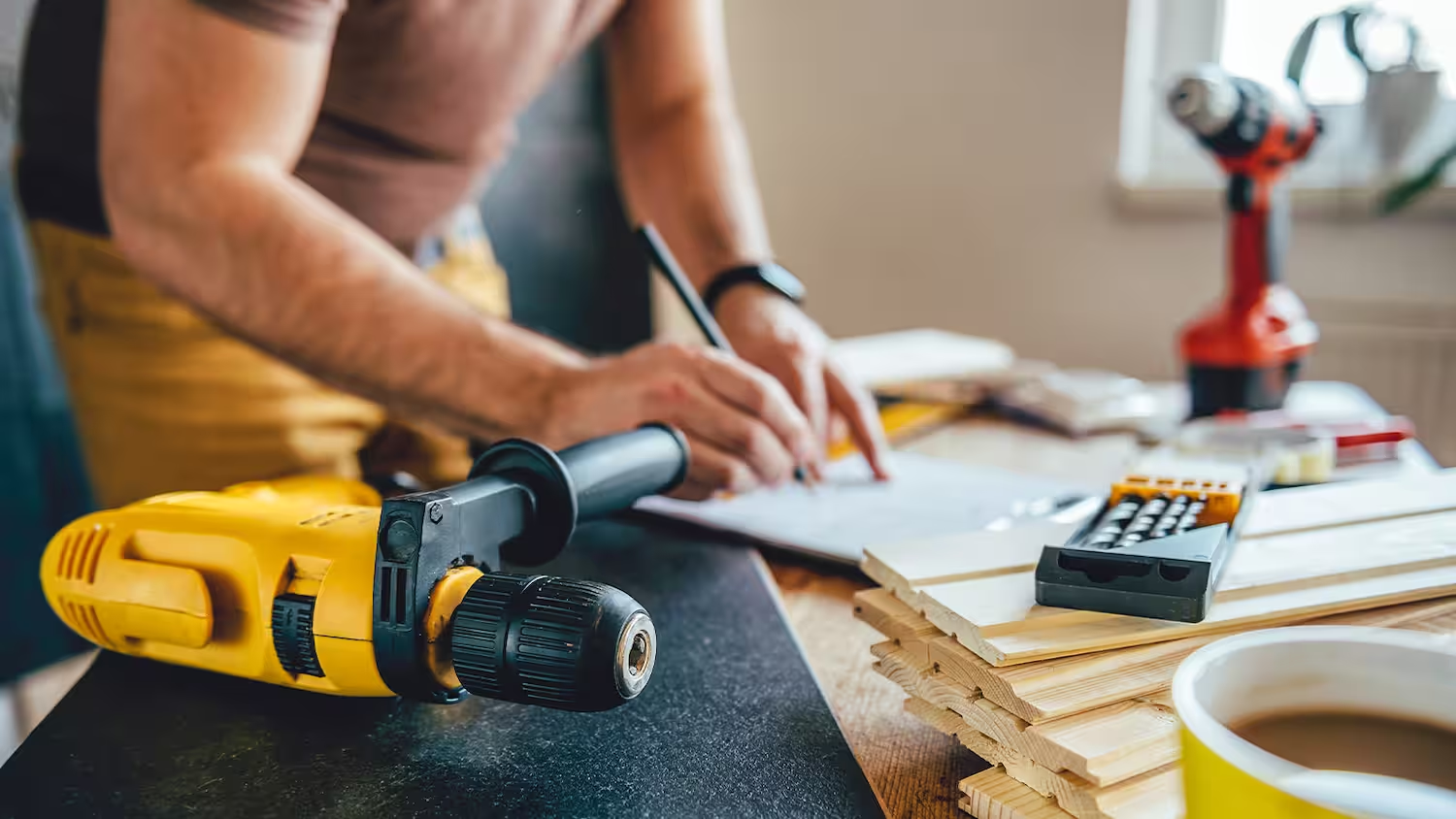

Home Maintenance
Why Are Home Repairs So Expensive
Modified: March 6, 2024
Learn about why home repairs can be costly and how proper home maintenance can help save you money in the long run.
(Many of the links in this article redirect to a specific reviewed product. Your purchase of these products through affiliate links helps to generate commission for Storables.com, at no extra cost. Learn more)
Introduction
Home repairs can sometimes feel like a necessary evil. Whether it’s a leaky roof, a malfunctioning HVAC system, or a broken water heater, these unexpected problems can put a significant dent in your wallet. But have you ever stopped to wonder why home repairs can be so expensive?
There are several factors that contribute to the high cost of home repairs. In this article, we will explore each of these factors in detail, shedding light on why hiring a professional for your home maintenance needs often comes with a hefty price tag.
From the lack of competition in the industry to the cost of materials and labor, we will examine the various elements that make home repairs expensive. So, let’s dive in and uncover the truth behind the hefty price of fixing up your home.
Key Takeaways:
- Home repairs are expensive due to limited competition, high material costs, and skilled labor. Homeowners can save money by researching and negotiating with multiple providers for the best deals.
- Unexpected issues and additional repairs can drive up the cost of home repairs. Regular maintenance and working with reputable professionals can help minimize the impact of hidden problems.
Read more: Why Are Pillows So Expensive
Lack of Competition
One of the key factors contributing to the high cost of home repairs is the lack of competition in the industry. Unlike other sectors where there might be numerous service providers vying for your business, the home repair industry often has a limited number of reputable professionals.
With fewer options available, home repair companies have more control over pricing. They can set their rates higher without fear of losing business to competitors. This lack of competition allows them to charge premium prices for their services, often leaving homeowners with little choice but to pay the inflated prices.
In addition, the lack of competition also reduces the incentive for home repair companies to offer competitive pricing. They know that even with higher prices, homeowners will still need their services. This lack of market pressure leads to inflated prices that can leave homeowners feeling frustrated and out of pocket.
Another aspect of the lack of competition is the limited availability of skilled and experienced professionals. The home repair industry requires specialized knowledge and expertise, and not every handyman or contractor is equipped to handle complex repairs. As a result, the pool of qualified professionals is smaller, further reducing competition and driving up prices.
To mitigate the impact of the lack of competition, it’s important for homeowners to research and compare prices from different providers. By obtaining multiple quotes and negotiating for the best possible deal, you can potentially save money on home repairs. Building relationships with reputable professionals and using their services regularly can also help establish a level of trust and possibly lead to more competitive pricing.
In summary, the lack of competition in the home repair industry is a significant factor in the high cost of repairs. Limited options and a small pool of skilled professionals allow companies to set higher prices without fear of losing business. As a homeowner, it’s crucial to be proactive in seeking out multiple quotes and negotiating for the best possible deal to mitigate the impact of this lack of competition.
Cost of Materials
Another major factor contributing to the expense of home repairs is the cost of materials. Quality materials are essential for ensuring long-lasting repairs, but they often come with a hefty price tag. Whether it’s lumber, plumbing fixtures, electrical components, or roofing materials, the cost of these supplies can quickly add up.
Materials used in home repairs are subject to market fluctuations and supply and demand dynamics. When demand is high or supply is low, prices tend to rise. This is especially true for specialized or niche materials that may not be readily available in large quantities.
In addition to fluctuating prices, the quality of materials also affects their cost. Higher-quality materials are typically more expensive, but they offer better durability, performance, and longevity. While it can be tempting to opt for cheaper materials to cut costs, they may not withstand the test of time and may require more frequent repairs in the long run.
Furthermore, homeowners may not have access to the same purchasing power or discounts that professionals have. Contractors and home repair companies often have established relationships with suppliers, allowing them to secure materials at a lower cost. They may also have bulk-buying options that provide additional savings.
To manage the cost of materials, it’s important for homeowners to do thorough research and shop around. Comparing prices from different suppliers, seeking out promotions and discounts, and considering alternative materials can help reduce expenses. Working closely with a trusted contractor or home repair professional can also provide insights into cost-effective material options without compromising on quality.
While the cost of materials is a significant contributor to the overall expense of home repairs, it’s important to prioritize quality and longevity. Investing in high-quality materials may initially be more expensive, but it can save money in the long run by reducing the frequency of repairs and replacements.
In summary, the cost of materials is a key factor in the high cost of home repairs. Fluctuating prices, quality considerations, and limited purchasing power for homeowners all contribute to the expense. By researching and comparing prices, seeking discounts, and working closely with professionals, homeowners can manage the cost of materials and make informed decisions that balance quality and affordability.
Labor and Expertise
When it comes to home repairs, the labor and expertise required to complete the job are significant factors that contribute to the overall cost. Skilled professionals such as plumbers, electricians, carpenters, and HVAC technicians have extensive training and experience in their respective fields, and their services come at a premium.
Home repair professionals invest significant time and effort in honing their skills and staying up to date with the latest industry practices. They undergo specialized training and certifications to ensure they are equipped to handle various repair scenarios. As a result, their expertise and knowledge command higher rates.
In addition to expertise, labor costs are also influenced by the complexity and time-intensive nature of home repairs. Many repairs involve intricate processes and require precise measurements, adjustments, and installations. Completing these tasks requires not only technical skills but also diligence and attention to detail.
The cost of labor also includes factors such as liability insurance and workers’ compensation. These expenses are necessary for protecting both the homeowner and the professionals working on the repair project. Insurance premiums and legal obligations incurred by service providers ultimately get factored into the overall cost of the repairs.
Furthermore, the demand-supply dynamics in the labor market also play a role in determining labor costs. If there is a high demand for skilled professionals in a particular area, their services will come at a premium. Limited availability and high demand can increase hourly rates or project costs.
While it can be tempting to attempt DIY repairs to save on labor costs, it’s important to consider the potential risks and consequences. Mishandling repairs and lacking the necessary expertise can lead to costly mistakes and even further damage, resulting in even higher repair bills.
By hiring professionals, homeowners can ensure that the repairs are done correctly and efficiently, minimizing the risk of future problems and potential expenses. It’s worth the investment to have peace of mind and to ensure that the repairs are conducted by experts who can provide quality workmanship.
In summary, the labor and expertise required for home repairs contribute significantly to the overall cost. Skilled professionals with years of experience and specialized knowledge command higher rates due to their expertise, training, and effort. Homeowners should weigh the benefits of hiring professionals against the risks of DIY repairs to make informed choices that prioritize quality and long-term cost efficiency.
Overhead Expenses
When it comes to home repairs, the cost is not just limited to the materials and labor involved. It also includes various overhead expenses that home repair companies incur in order to provide their services.
One of the significant overhead expenses is the cost of maintaining a physical office or storefront. Rent, utilities, insurance, and other expenses associated with operating a business location add to the overall cost of providing services. These expenses must be factored into the pricing of home repairs to ensure the sustainability of the business.
Another overhead expense is the investment in equipment and tools. Home repair professionals need a wide range of tools and equipment to effectively and efficiently carry out repairs. These tools need to be maintained, replaced, and upgraded regularly, all of which incur additional costs for the business.
Additionally, home repair companies also have administrative costs, such as employee salaries, customer service, marketing, and advertising. These expenses are necessary for the smooth operation of the business and attracting new customers, but they contribute to the overall cost of home repairs.
In order to cover these overhead expenses and ensure a profit margin, home repair companies include them in their pricing structure. While it may seem like these expenses are unrelated to the actual repair work, they play a crucial role in the sustainability and professionalism of the company.
It’s important for homeowners to understand that the overhead expenses incurred by home repair companies are a necessary part of the service they provide. By charging for these expenses, companies can ensure that they can continue to offer quality repairs and maintain a reliable business presence in the industry.
Homeowners can mitigate the impact of overhead expenses by comparing quotes from different providers and looking for companies that offer competitive pricing without compromising on quality. It’s also important to consider the reputation and reliability of the company to ensure that the overhead expenses are justified by the quality of service provided.
In summary, overhead expenses are an important part of the overall cost of home repairs. Costs associated with maintaining a physical location, investing in tools and equipment, and administrative functions all contribute to the pricing structure. Understanding and acknowledging these overhead expenses can help homeowners make informed decisions and choose reputable companies that provide value for their investment.
Regular maintenance can help prevent costly home repairs. Inspect and address small issues before they become big problems to save money in the long run.
Read more: Why Are Mirrors So Expensive
Insurance and Liability
Insurance and liability are crucial factors in the high cost of home repairs. Home repair companies have significant insurance coverage to protect themselves, their employees, and their clients from any potential accidents or damages that may occur during the repair process.
Home repair professionals work with electrical systems, plumbing, roofing, and other potentially hazardous areas of a home. In the event of an accident or injury, the liability insurance of the repair company provides coverage for medical expenses, legal fees, and potential compensation claims.
Liability insurance premiums can be quite substantial. The cost is based on various factors, including the scope of coverage, the company’s claims history, and the specific risks associated with the type of repairs being performed.
Furthermore, home repair companies also need to carry workers’ compensation insurance. This insurance provides coverage for any work-related injuries or illnesses that employees may experience. Workers’ compensation protects both the employees and the homeowner from financial liabilities that may arise due to on-the-job accidents.
The cost of insurance premiums and workers’ compensation coverage is factored into the pricing structure of home repairs. Repair companies need to ensure that they have adequate coverage to protect their clients and employees, which inevitably increases the overall cost of the repairs.
Additionally, home repair companies that are properly insured demonstrate professionalism and credibility. They prioritize the safety of the workers and homeowners and are prepared to handle any unforeseen circumstances that may arise during the repair process.
As homeowners, it’s essential to work with reputable repair companies that have proper insurance and liability coverage. This protects you from potential legal and financial burdens in the event of an accident or damage during the repair work.
While insurance and liability contribute to the overall cost of home repairs, they are necessary to ensure the safety and well-being of everyone involved. Choosing a repair company with proper insurance coverage and adherence to safety protocols is a key factor in making informed decisions and protecting yourself as a homeowner.
In summary, insurance and liability are significant factors that contribute to the cost of home repairs. Adequate insurance coverage and workers’ compensation protect the repair company, employees, and homeowners from potential accidents and damages. By working with properly insured companies, homeowners can have peace of mind and ensure the safety of everyone involved in the repair process.
Time and Effort
One often overlooked factor that contributes to the high cost of home repairs is the significant amount of time and effort required to complete the job. Home repairs can be time-consuming, especially when they involve intricate tasks or complex systems.
Home repair professionals dedicate their time and expertise to ensure that repairs are done efficiently and effectively. They meticulously assess the problem, devise a comprehensive plan, and execute the necessary repairs with precision. This attention to detail and thoroughness takes time and effort.
Additionally, the availability of skilled professionals can impact the overall cost of repairs. If there is a high demand for their services, they may have limited availability, which can result in longer wait times and higher service charges. Skilled professionals know that their time is valuable, and the cost reflects the expertise and craftsmanship they bring to the job.
Furthermore, some home repairs may require multiple visits or ongoing maintenance, which adds to the overall time commitment. For example, extensive plumbing repairs or renovations may require multiple site visits, coordination with other contractors, and thorough testing to ensure everything is functioning properly.
Apart from the time required for the repairs themselves, professionals also invest time in staying up-to-date with industry trends, attending training sessions, and acquiring necessary certifications. This continuous learning and professional development contribute to their expertise but also add to the costs of their services.
As homeowners, it’s important to recognize the value of a professional’s time and effort when considering the cost of repairs. While it may be tempting to opt for cheaper alternatives or attempt DIY repairs to save money, it’s crucial to consider the potential risks and time investment involved.
By hiring professionals, you can save valuable time and effort. Professionals have the knowledge, experience, and specialized tools to complete repairs efficiently and effectively. This saves you from the frustration and potential setbacks that may arise from tackling repairs on your own.
In summary, the time and effort involved in home repairs contribute to their overall cost. Professionals invest their time and expertise to ensure the repairs are done meticulously and efficiently. Homeowners should value the time and effort professionals bring to the job and recognize that hiring them can save valuable time and potential headaches in the long run.
Complexity of the Repair
The complexity of home repairs is a significant factor that influences the cost. Some repairs are relatively straightforward and can be completed quickly, while others require extensive planning, specialized skills, and intricate processes. The level of complexity directly impacts the time, labor, and expertise required, which in turn affects the overall cost.
Simple repairs, such as replacing a light fixture or fixing a leaky faucet, often do not require extensive time or specialized skills. These repairs can be completed relatively quickly and may involve minimal costs for materials and labor.
On the other hand, more complex repairs, such as rewiring an entire electrical system or repairing a foundation, can be time-consuming and require a high level of expertise. These repairs often involve intricate procedures, meticulous planning, and advanced tools and equipment.
Complex repairs may also necessitate the involvement of multiple professionals from different trades, further adding to the overall cost. For instance, addressing a structural issue in a home may require the expertise of an engineer, carpenter, and mason, each bringing their skills and knowledge to the repair process.
In addition to the complexities of the repair itself, accessibility can also contribute to the overall cost. Repairs that are difficult to access, such as those in confined spaces or high up on rooftops, often require specialized equipment or additional safety measures. These factors add to the complexity and cost of the repair.
It’s important to note that the complexity of a repair is not solely determined by the size of the project. Even seemingly small repairs like fixing a drain pipe can become complex if there are underlying issues or if the repair requires modifications to existing plumbing systems.
When faced with complex repairs, it is advisable to seek the assistance of professionals who have experience in dealing with similar situations. Their expertise and knowledge in handling complex repairs can ensure that the job is done correctly and efficiently, minimizing the risk of further complications and expenses down the line.
In summary, the complexity of a repair directly impacts the cost. Simple repairs require minimal time and expertise, while complex repairs demand extensive planning, specialized skills, and potentially the involvement of multiple professionals. Recognizing the complexity of repairs can help homeowners understand and appreciate the cost associated with hiring professionals to handle intricate and demanding repair tasks.
Hidden Issues and Additional Repairs
When it comes to home repairs, what may initially seem like a straightforward fix can often reveal hidden issues or lead to the discovery of additional repairs that need to be addressed. These hidden issues can significantly impact the overall cost of the repair project.
Even with a thorough inspection and assessment, it’s not uncommon for professionals to uncover unforeseen problems during the repair process. For example, while fixing a leaky roof, a contractor may discover underlying rot or structural damage that needs to be addressed before the repair can be completed. These hidden issues require additional materials, labor, and possibly even the involvement of specialists, all of which add to the overall cost.
In some cases, hidden issues can be more extensive than initially anticipated, resulting in major repairs or renovations. For example, a seemingly straightforward bathroom renovation could reveal plumbing issues requiring replacement of pipes or rewiring for electrical safety. These unexpected complexities can lead to budget overruns and higher repair costs.
Furthermore, one repair job can sometimes lead to the discovery of other repairs that need immediate attention. For instance, while fixing a damaged wall, it may become apparent that the flooring beneath is also deteriorated and needs to be replaced. These additional repairs were not accounted for initially, but they become necessary to ensure the long-term integrity of the home.
Hidden issues and additional repairs can be frustrating for homeowners as they often disrupt timelines and budgets. However, it’s important to address these issues promptly to avoid further damage and costly repairs down the road.
While it’s impossible to predict all hidden issues, homeowners can minimize the risks by conducting regular maintenance and inspections. This proactive approach can help identify potential problems early on and address them before they escalate into major repair projects.
Additionally, working with reputable professionals who are thorough in their assessments and transparent in their communication can help mitigate the impact of hidden issues. By having a trusted expert on your side, you can navigate unexpected repairs with confidence and ensure that the appropriate measures are taken to address any hidden issues or additional repairs.
In summary, hidden issues and additional repairs can significantly impact the cost of home repairs. Unforeseen problems and unexpected complexities discovered during the repair process require additional resources, materials, and labor. Homeowners can minimize the risks by conducting regular maintenance and inspections, and by working with reputable professionals who can effectively address hidden issues and handle additional repairs that arise during the process.
Read more: Why Are Rugs So Expensive
Conclusion
Home repairs can often come with a hefty price tag, and understanding the factors that contribute to their high cost is essential for homeowners. From the lack of competition in the industry to the cost of materials, labor and expertise, overhead expenses, insurance and liability, time and effort, complexity of the repair, and hidden issues and additional repairs, a combination of various factors drives up the expense of home repairs.
The lack of competition in the home repair industry allows companies to set higher prices without fear of losing business, leaving homeowners with limited options and little choice but to pay the inflated rates. The cost of materials, influenced by market fluctuations and quality considerations, also adds to the overall expense of repairs.
Labor and expertise are significant contributors to the high cost of repairs. Skilled professionals invest time, training, and continuous learning to provide quality workmanship, and their expertise comes at a premium. Overhead expenses, such as maintaining physical offices, purchasing and maintaining equipment, and administrative costs, are necessary and factored into pricing to ensure business sustainability.
Insurance and liability coverage protect both the repair company and the homeowner, but the associated premiums contribute to the cost of repairs. The time and effort required to complete repairs, as well as the complexity of the repair itself, are additional factors that influence pricing.
Hidden issues and the discovery of additional repairs during the repair process can lead to unexpected expenses and budget overruns. While frustrating, it’s important to address these issues promptly to avoid further damage and more costly repairs in the future.
In conclusion, the high cost of home repairs is influenced by a variety of factors, ranging from market dynamics and the expertise of professionals to overhead expenses and the discovery of additional repairs. By understanding these factors and making informed decisions, homeowners can navigate the world of home repairs more effectively and ensure that they get the quality repairs they need while managing costs to the best of their abilities.
Frequently Asked Questions about Why Are Home Repairs So Expensive
Was this page helpful?
At Storables.com, we guarantee accurate and reliable information. Our content, validated by Expert Board Contributors, is crafted following stringent Editorial Policies. We're committed to providing you with well-researched, expert-backed insights for all your informational needs.
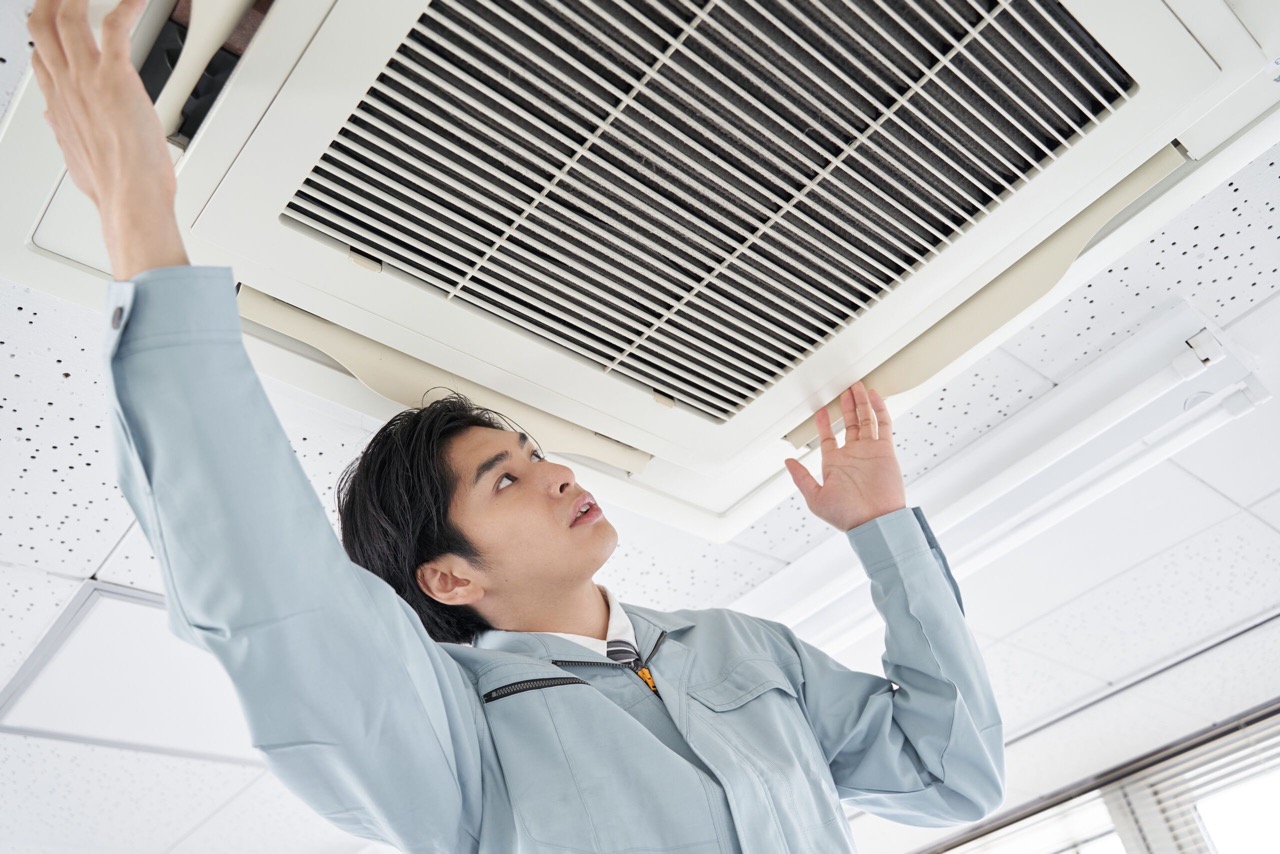


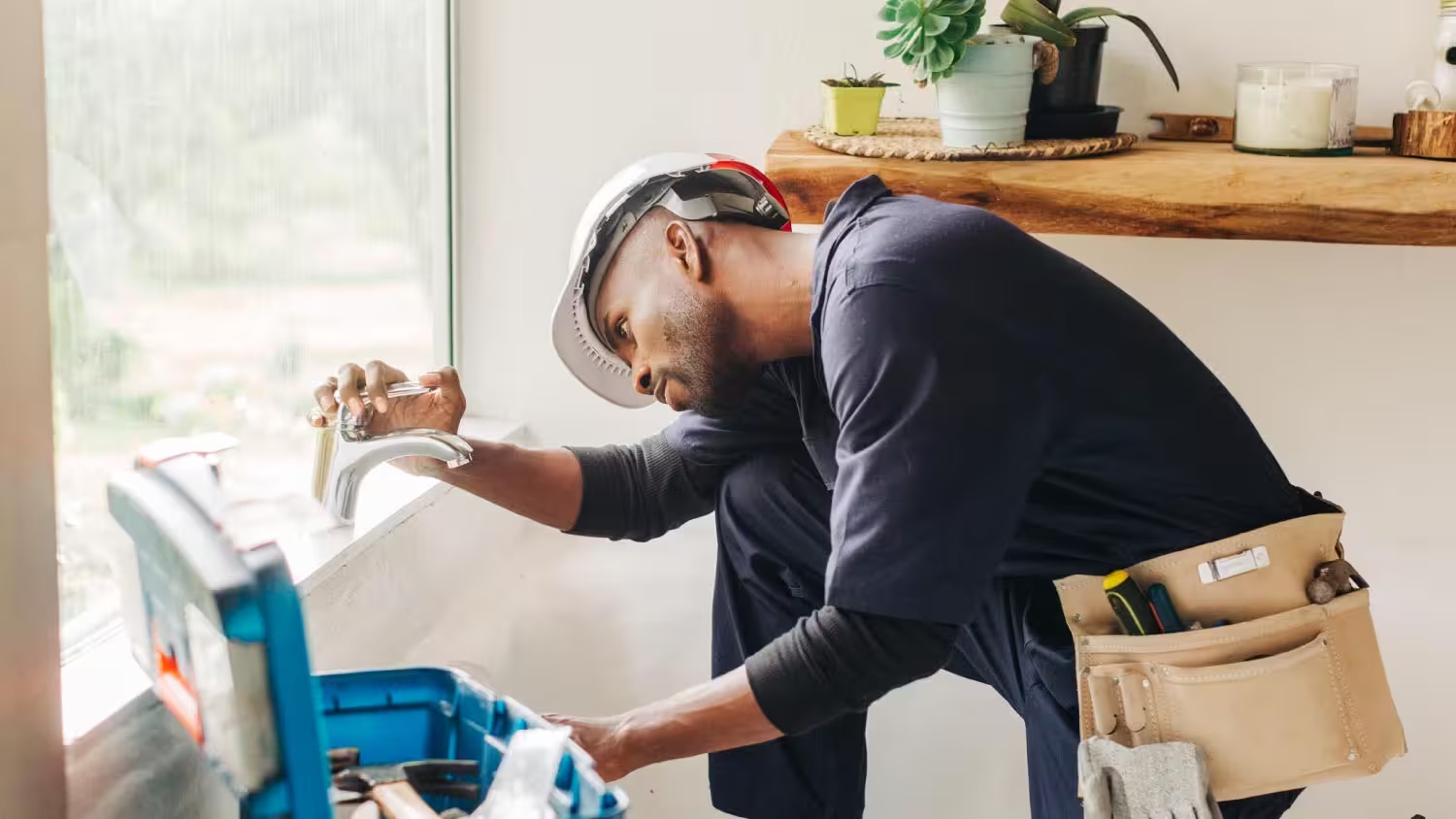

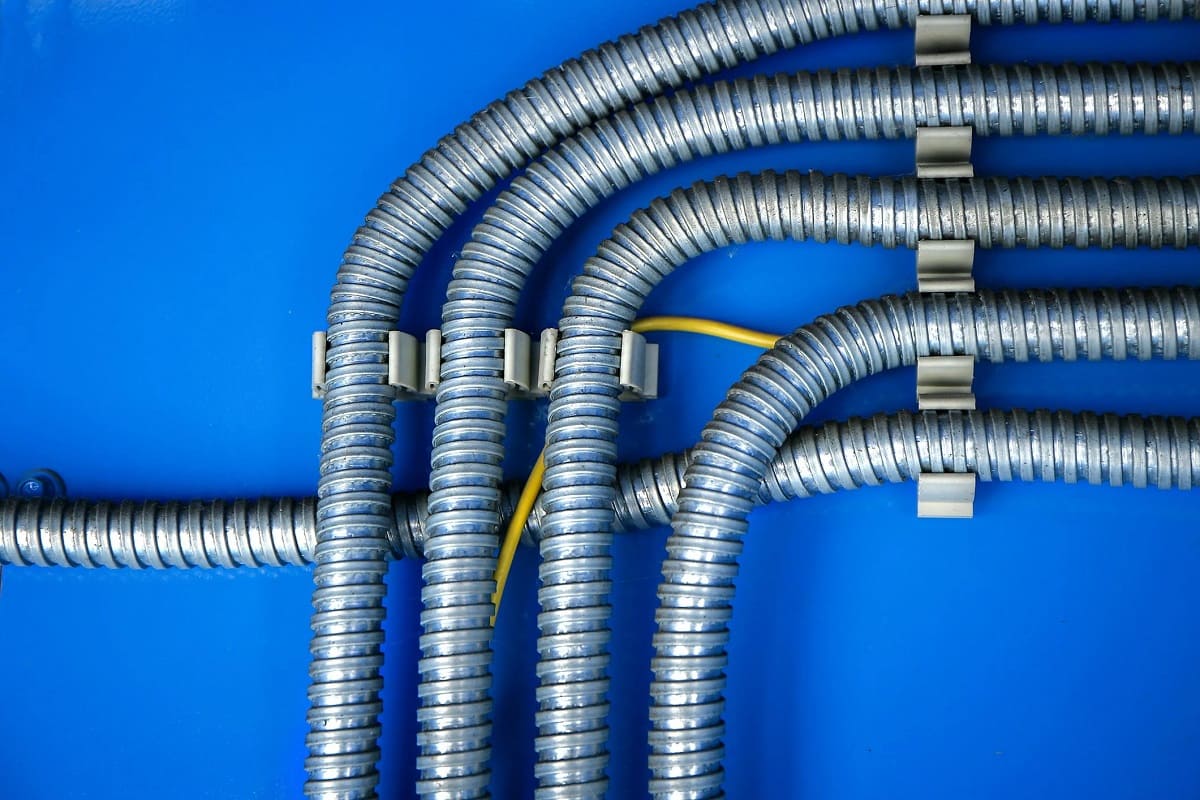

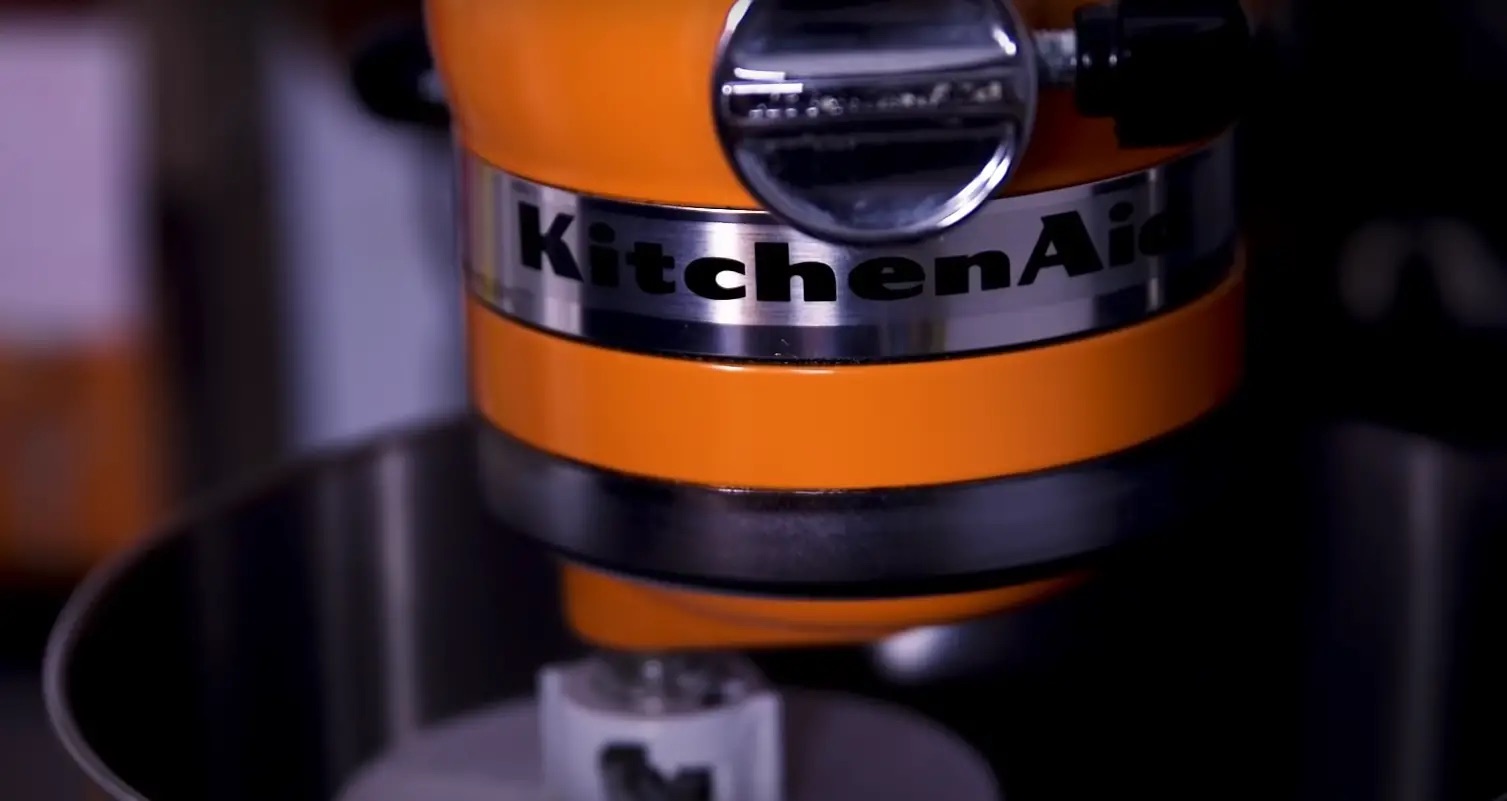

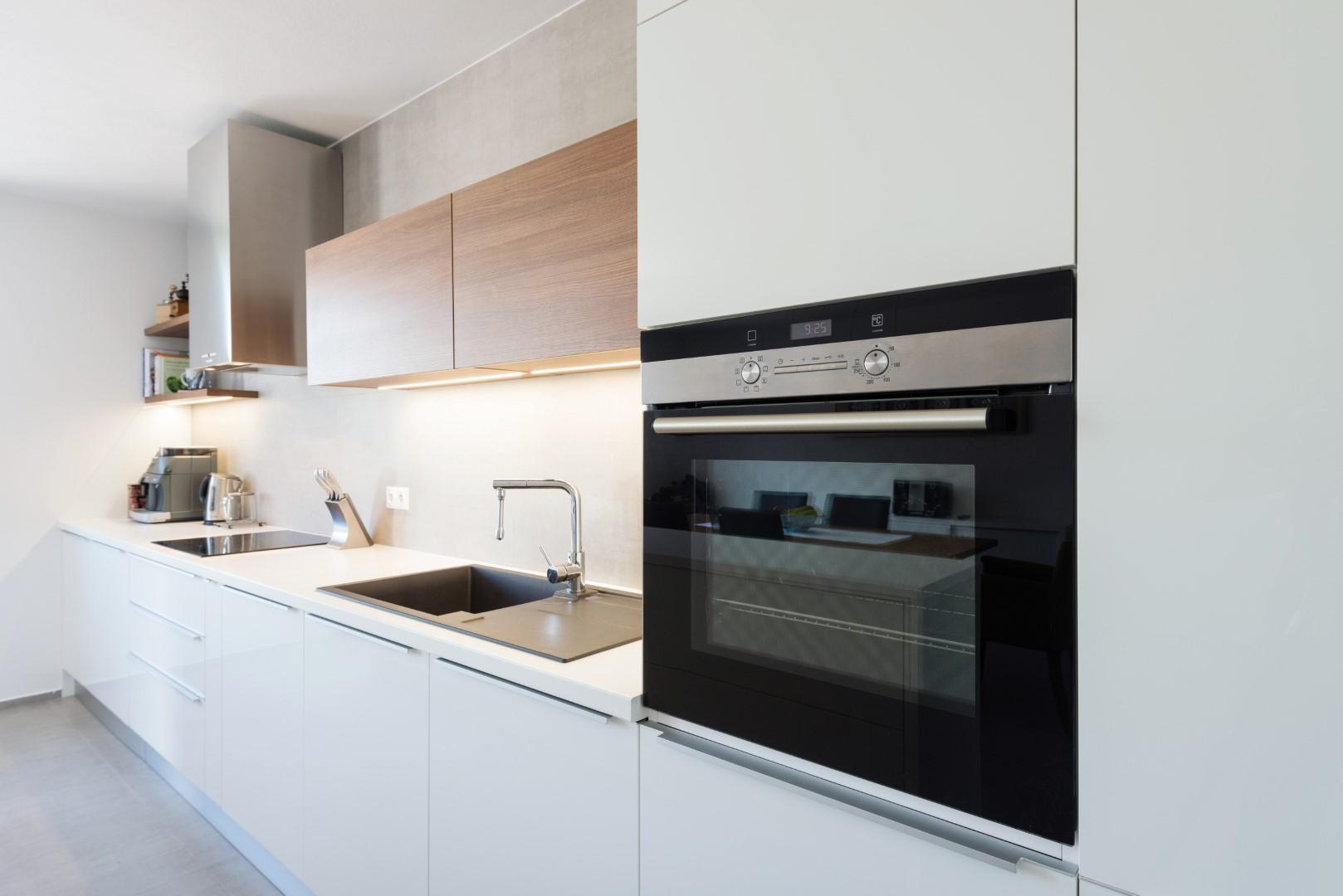




0 thoughts on “Why Are Home Repairs So Expensive”